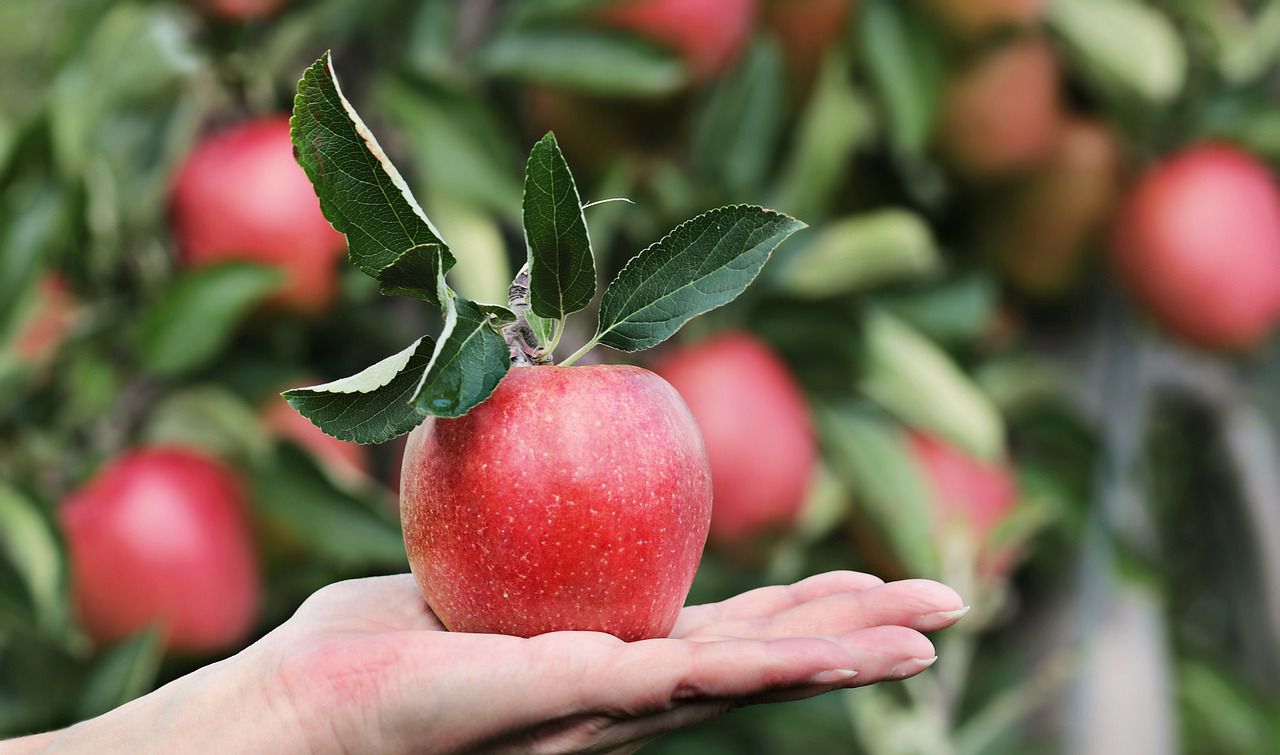Pruning helps fruit trees: Cut off the rest
Fruit trees require some of their branches to be removed.
This method has to be done at least once a year, but why is it so necessary?
Here are some reasons for it.
Tree structure and shape
By removing or redirecting branches, you can shape the tree to have a strong central leader and well-spaced lateral branches.
This improves the tree's overall form, promotes good airflow, and enhances sunlight penetration into the canopy, which is vital for fruit production.

Disease and pest management
Opening up the canopy through pruning improves air circulation, reduces humidity, and allows sunlight to reach all parts of the tree.
This helps to minimize the conditions favorable for the development of fungal diseases and discourages pests that thrive in dense foliage.
Fruit quality and size
By selectively removing branches, you can ensure that the tree's energy is directed towards fewer fruits, resulting in larger and more flavorful produce.
Light penetration
Sunlight is crucial for photosynthesis, the process by which plants convert sunlight into energy.
Sufficient light exposure promotes optimal fruit development, coloration, and sugar content, leading to higher-quality yields.
Tree rejuvenation and longevity
Regular pruning helps rejuvenate fruit trees by stimulating new growth.


